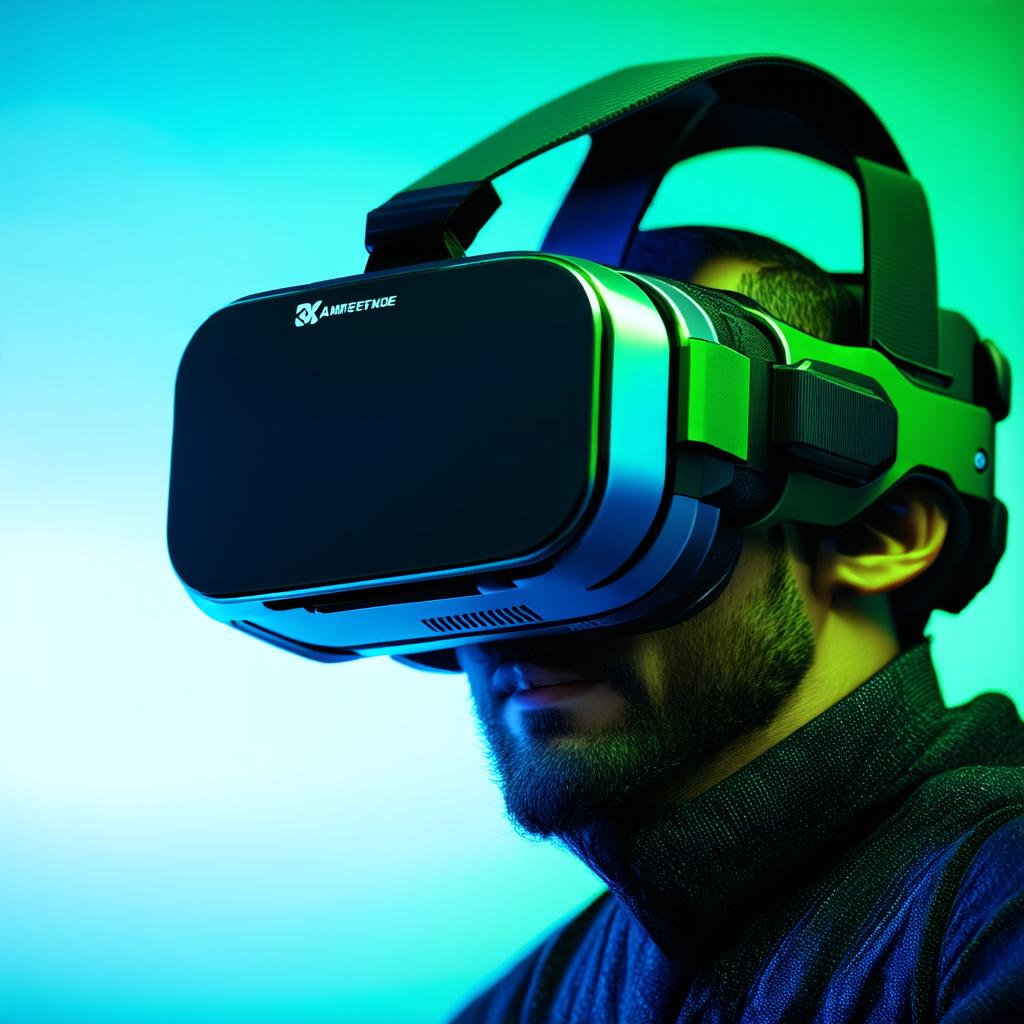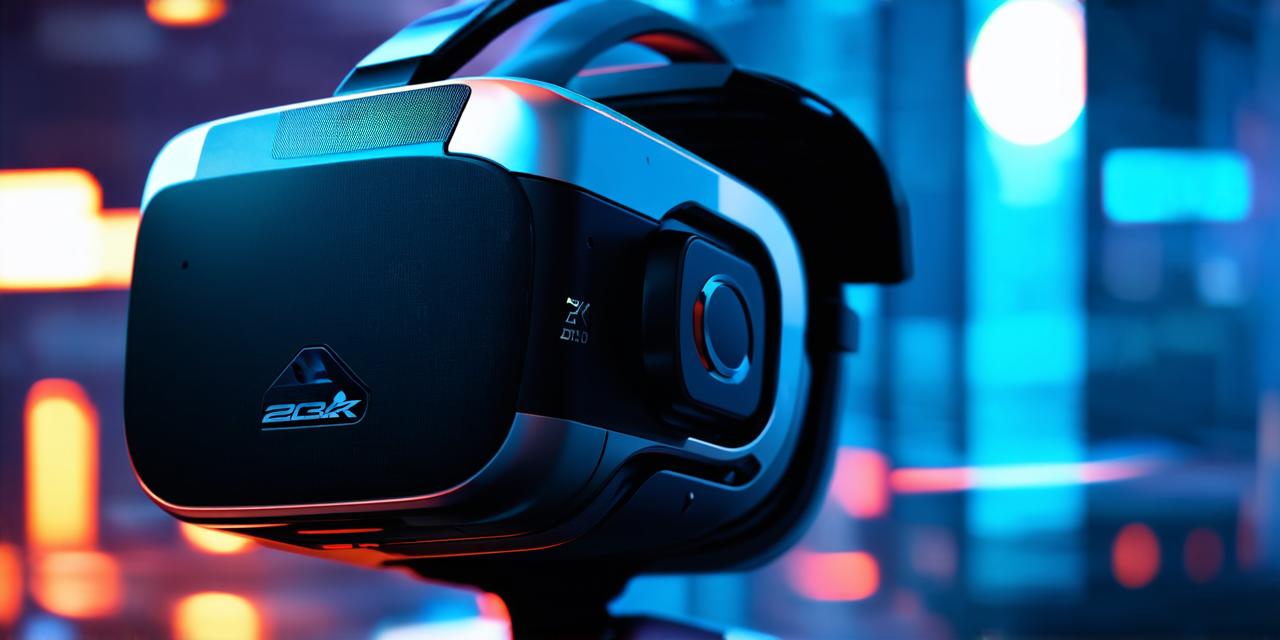Virtual reality (VR) technology has come a long way since its inception, with new innovations being developed every day.
Improved Tracking and Motion Capture
One of the biggest challenges with VR is accurately tracking the user’s movements and ensuring that their virtual avatar moves in response to their real-world actions. New tracking technologies, such as ultrasonic sensors and optical flow cameras, are being developed to improve the accuracy of motion capture.
Haptic Feedback
Haptic feedback technology allows users to feel sensations in the virtual world, making the experience more immersive. New advancements in haptic feedback technology are being developed to provide a wider range of sensations, including vibration, pressure, and temperature changes.
More Advanced Display Technologies
Display technologies such as OLED and microLED are becoming increasingly popular in VR headsets, due to their high resolution, wide viewing angle, and low power consumption. These advanced display technologies allow for more realistic visuals and a smoother experience.

Eye-Tracking and Gesture Control
New eye-tracking and gesture control technologies are being developed to make VR experiences more intuitive and natural. Eye-tracking technology allows users to interact with virtual objects using their gaze, while gesture control enables them to perform actions using hand gestures.
Wireless VR Headsets
Wireless VR headsets are becoming increasingly popular, as they offer greater freedom of movement and eliminate the need for cords. New wireless technologies, such as Bluetooth Low Energy (BLE) and Wi-Fi 6, are being developed to provide faster and more stable connections between headsets and computers.
Immersive Social Experiences
VR technology is also being used to create immersive social experiences. Platforms like VRChat allow users to interact with each other in virtual worlds, while social VR games like Beat Saber and Job Simulator provide a fun and engaging way to connect with others.
In conclusion, virtual reality technology is advancing at a rapid pace, with new innovations being developed every day. From improved tracking and motion capture to more advanced display technologies and wireless headsets, the future of VR is looking brighter than ever before. As these technologies continue to evolve, we can expect even more immersive and realistic virtual experiences in the years to come.
